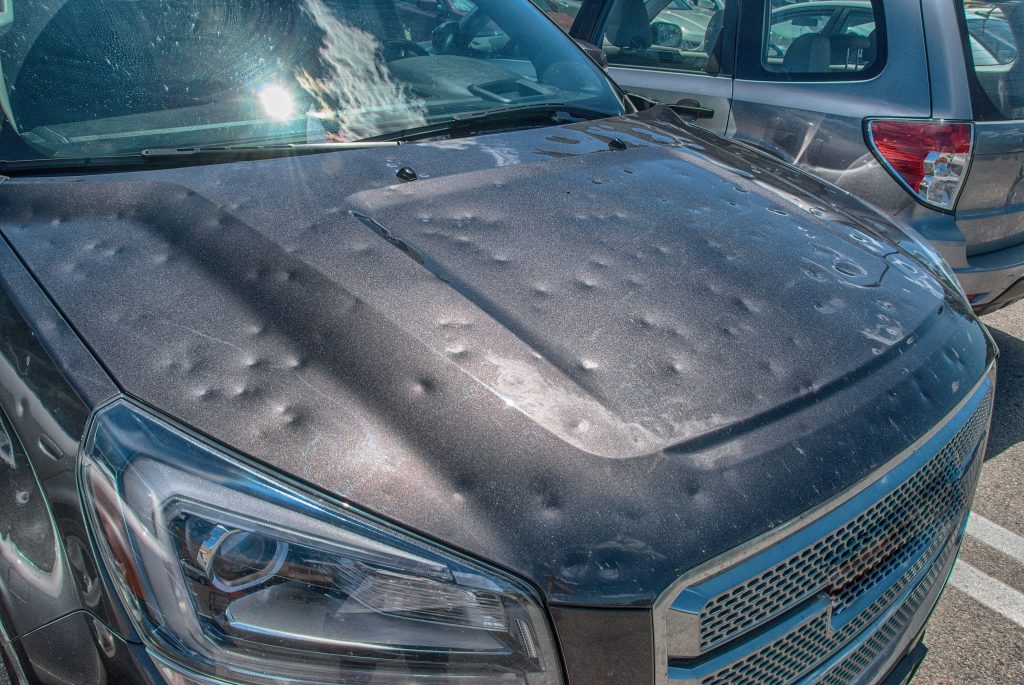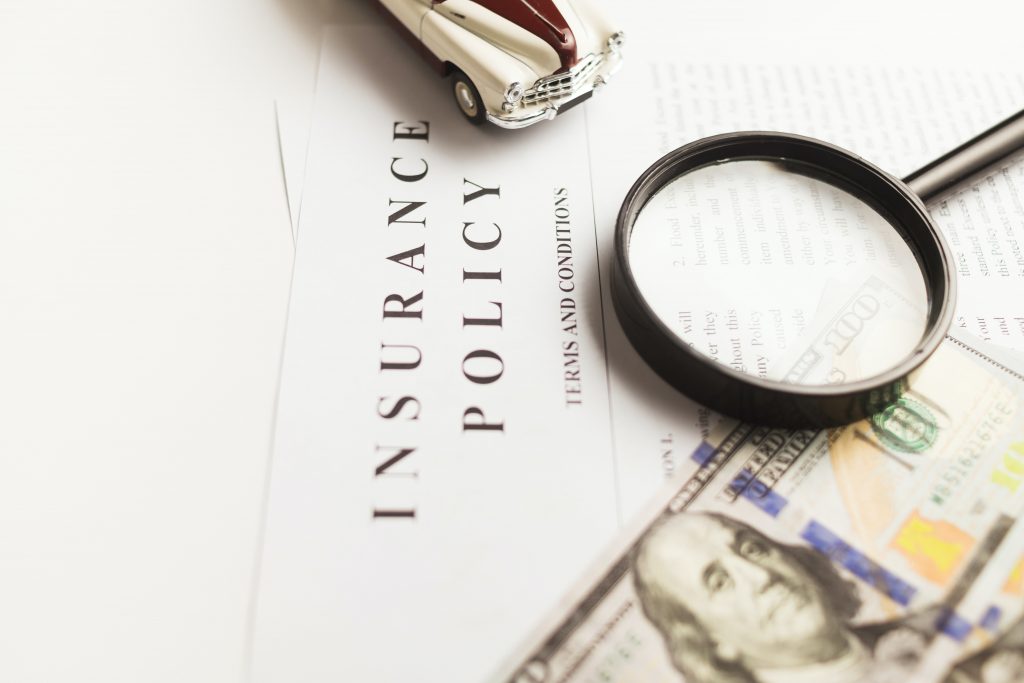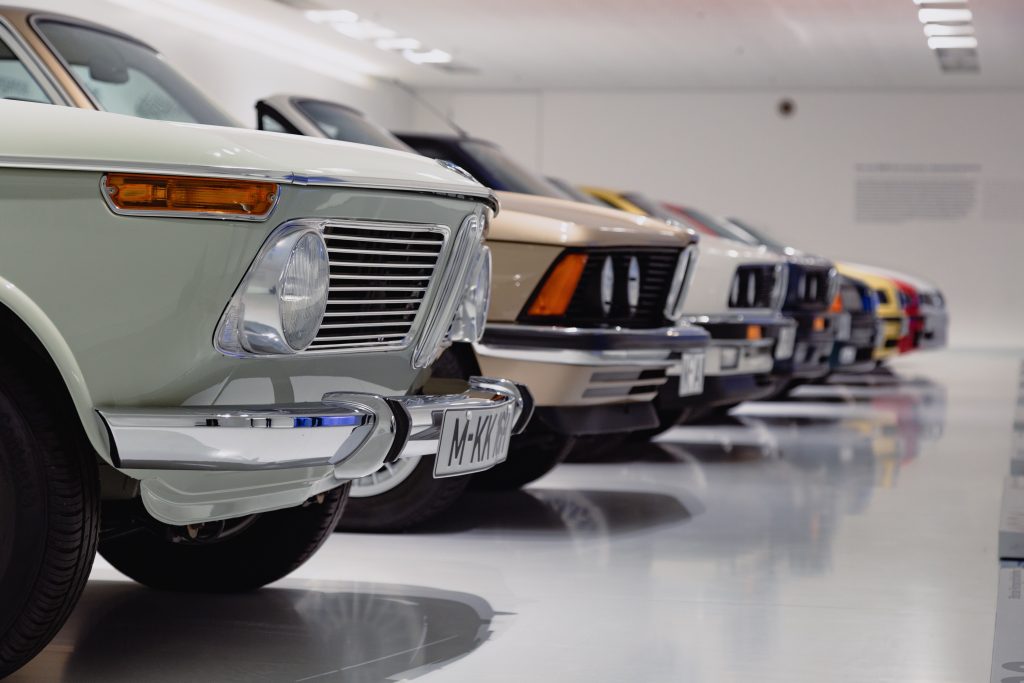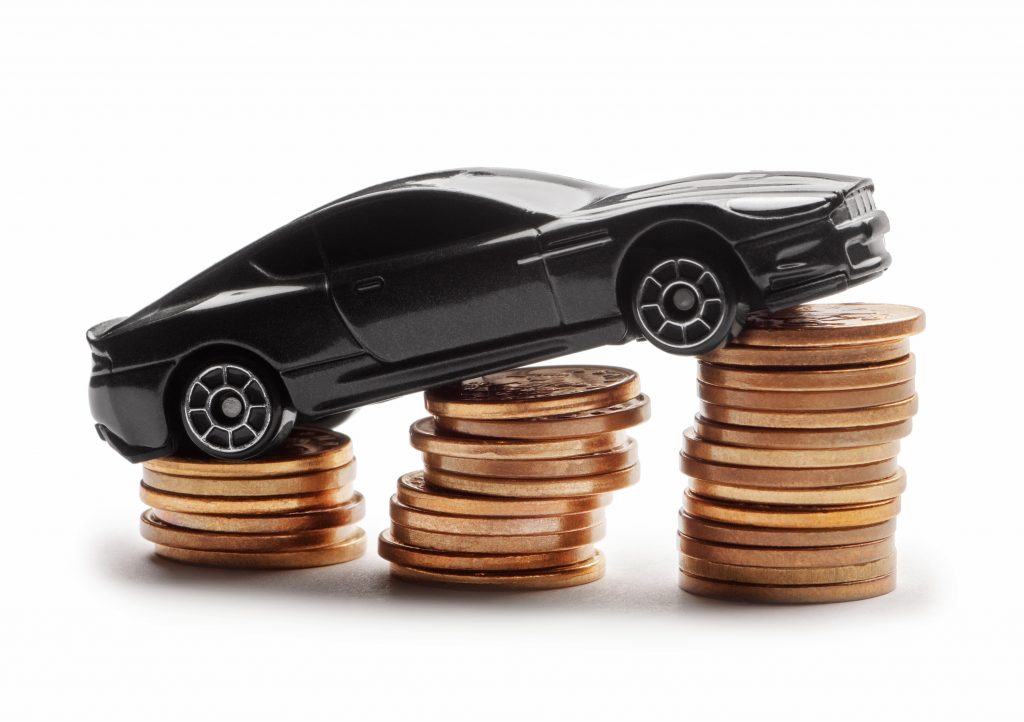Can Hail Damage Total Your Car? What Every Driver Needs to Know

Hailstorms can turn a normal day into a nightmare for car owners. When golf ball-sized ice chunks fall from the sky, many drivers wonder if their vehicle could be declared a total loss. The answer isn’t always clear-cut, but understanding how hail damage works can help you prepare for the worst.
This guide explains when hail damage leads to a totaled car, how much damage hail can cause, and what steps you can take to protect your vehicle. Most importantly, we’ll cover why having the right insurance makes all the difference.
How Much Damage Can Hail Really Cause?
Hail packs a serious punch. These frozen chunks of ice fall at speeds up to 100 miles per hour, creating enough force to dent metal and shatter glass.
Common Types of Hail Damage
Body Damage
- Dents on the roof, hood, and trunk
- Scratches and chips in the paint
- Stripped paint layers in severe storms
Glass Damage
- Cracked or broken windshields
- Damaged side mirrors
- Broken windows
Interior Damage
- Water damage if glass breaks
- Damaged upholstery from flying debris
The size of hailstones makes a huge difference. Pea-sized hail might leave small dents, while golf ball-sized hail can create deep craters in your car’s surface. Softball-sized hail can completely destroy a vehicle.
Factors That Affect Damage Severity
Several things determine how badly hail hurts your car:
- Hail size: Larger stones cause more damage
- Storm duration: Longer storms mean more hits
- Wind speed: Strong winds increase impact force
- Car age: Older vehicles often suffer more damage
- Parking location: Cars in the open take the worst beating

When Is a Car Considered Totaled From Hail?
Insurance companies don’t declare cars totaled lightly. They use specific rules to make this decision.
The 70-75% Rule
Most insurers follow a simple guideline: if repair costs exceed 70-75% of the car’s current value, they’ll declare it totaled. For example, if your car is worth $10,000 and hail damage costs $8,000 to fix, your insurance company will likely total it.
Types of Damage That Lead to Total Loss
Widespread Body Damage
When hail dents cover most of your car’s surface, repair costs add up quickly. Each dent might cost $50-150 to fix, and severe storms can leave hundreds of dents.
Structural Damage
If hail damages the car’s frame or safety systems, repairs become much more expensive. Insurance companies often total cars with structural damage because safety is at risk.
Glass and Interior Damage
Broken windows let water inside, which can damage electronics, seats, and carpets. This “secondary damage” often pushes repair costs over the total loss threshold.
How Insurance Adjusters Make the Call
When you file a hail damage claim, an insurance adjuster visits to inspect your car. They count dents, measure damage, and estimate repair costs. The adjuster compares these costs to your car’s current market value to decide if it’s totaled.
This process usually takes a few days to a week. The adjuster considers factors like your car’s age, mileage, and condition before the storm hit.
What Happens After Your Car Is Declared Totaled?
Getting a total loss settlement can feel overwhelming, but the process is fairly straightforward.
The Settlement Process
Step 1: Vehicle Valuation
Your insurance company determines your car’s actual cash value (ACV) before the hail damage occurred. They look at similar cars for sale in your area to set a fair price.
Step 2: Settlement Offer
The insurer offers you the ACV minus your deductible. You can negotiate if you think the offer is too low by providing evidence of your car’s value.
Step 3: Title Transfer
Once you accept the settlement, you sign over your car’s title to the insurance company. They typically arrange to pick up the vehicle.
Your Options After Settlement
Buy a Replacement Vehicle
Most people use their settlement money to buy another car. Shop around to find the best deal within your budget.
Keep Your Totaled Car
Some insurers let you keep your totaled vehicle for a reduced settlement. This option works if you can fix the car yourself or use it for parts.

Smart Ways to Prevent Hail Damage
While you can’t control the weather, you can take steps to protect your car from hail damage.
Indoor Protection
Garage Parking
The best protection is keeping your car in a garage. If you don’t have one, consider renting garage space during storm season.
Covered Parking
Look for covered parking at work, shopping centers, or parking garages when storms threaten.
Outdoor Protection Options
Hail Protection Covers
Special car covers made from impact-resistant materials can reduce hail damage. These covers use thick padding and strong fabrics to absorb impact.
Blankets and Mats
In an emergency, thick blankets or floor mats can provide some protection. While not perfect, they’re better than nothing.
Weather Awareness
Monitor Weather Reports
Stay informed about severe weather in your area. Many weather apps send storm alerts to help you prepare.
Have a Plan
Know where you can move your car quickly if a storm approaches. Scout covered areas near your home and workplace ahead of time.
Why Comprehensive Insurance Coverage Matters
Having the right insurance makes all the difference when hail strikes your vehicle.
What Comprehensive Coverage Includes
Comprehensive coverage pays for hail damage, along with other non-collision incidents like theft, vandalism, and animal strikes. Without comprehensive coverage, you’ll pay for hail damage repairs out of pocket.
Working with Professional Insurance Agents
Experienced insurance professionals help you understand your coverage options and choose the right protection level. Robinson and Stith has been helping North Carolina drivers protect their vehicles since 1905. Their team knows the unique weather challenges that drivers face in the region.
The company offers comprehensive insurance coverage through multiple trusted insurance carriers, ensuring you get the best protection at competitive rates.
Coverage Considerations for Hail-Prone Areas
If you live in an area with frequent hailstorms, consider these coverage options:
Lower Deductibles
A lower deductible means you pay less out of pocket when filing a claim. This option costs more monthly but saves money during storm season.
Replacement Cost Coverage
This coverage pays to replace your car with a similar model, rather than paying actual cash value. It provides better protection for newer vehicles.
Regional Considerations for North Carolina Drivers
North Carolina experiences its share of severe weather, including hailstorms that can damage thousands of vehicles in a single event.
High-Risk Areas
Some parts of North Carolina see more hail than others. The Piedmont region, and the Triad, experiences frequent severe thunderstorms during spring and summer months.
Local Insurance Expertise
Working with local insurance agents who understand regional weather patterns makes a difference. Robinson and Stith’s North Carolina locations serve communities throughout Eastern North Carolina, providing personalized service and local expertise.
Their agents understand which coverage options work best for drivers in hail-prone areas and can help you prepare for severe weather season.

Taking Action: Protect Your Investment
Your car represents a significant investment that deserves proper protection. Don’t wait for the next severe weather outbreak to think about hail damage coverage.
Review Your Current Coverage
Check your current auto insurance policy to see if you have comprehensive coverage. If you only carry liability insurance, you won’t have protection against hail damage.
Get Professional Guidance
Insurance can be complex, but you don’t have to navigate it alone. Professional agents can review your current coverage, explain your options, and help you choose the right protection level for your needs and budget.
Plan for Storm Season
Create a hail damage prevention plan before severe weather strikes. Know where you can move your car quickly, keep emergency protection materials handy, and stay informed about weather conditions in your area.
Hailstorms will continue to threaten vehicles across North Carolina, but with proper preparation and insurance coverage, you can minimize the financial impact. Take time now to ensure your car has the protection it needs, so you’re ready when the next storm arrives.
Remember, prevention and preparation are your best defenses against hail damage. Combined with comprehensive insurance coverage from experienced professionals, you can drive with confidence regardless of what Mother Nature sends your way.
